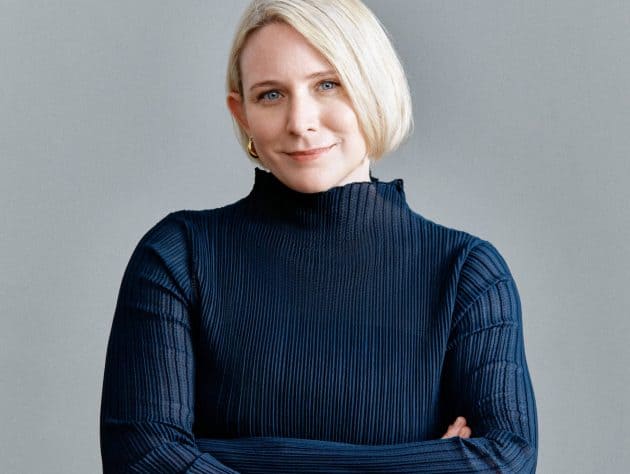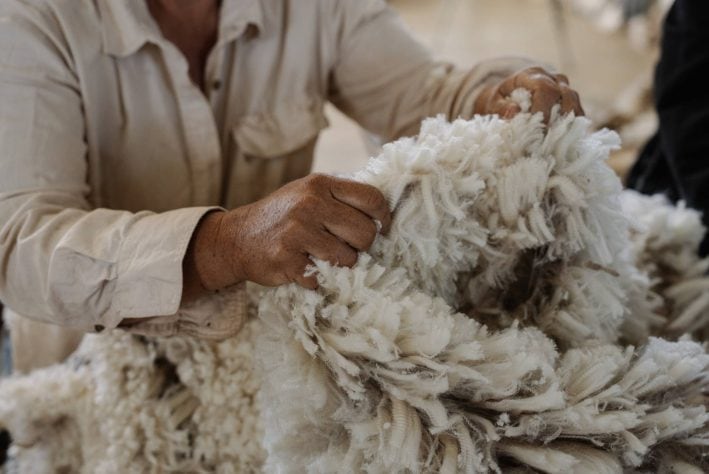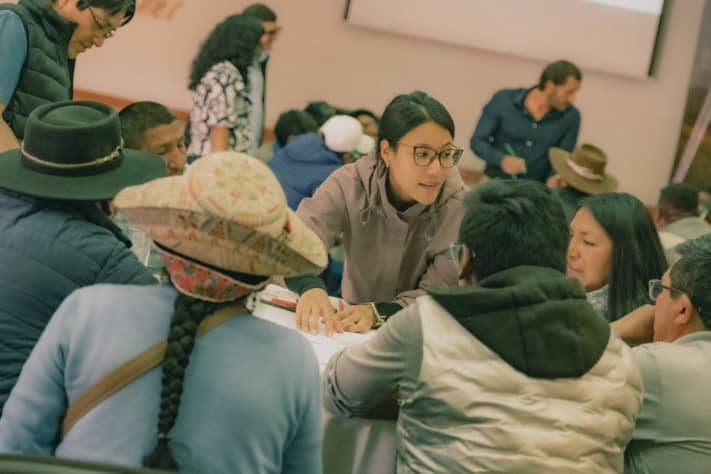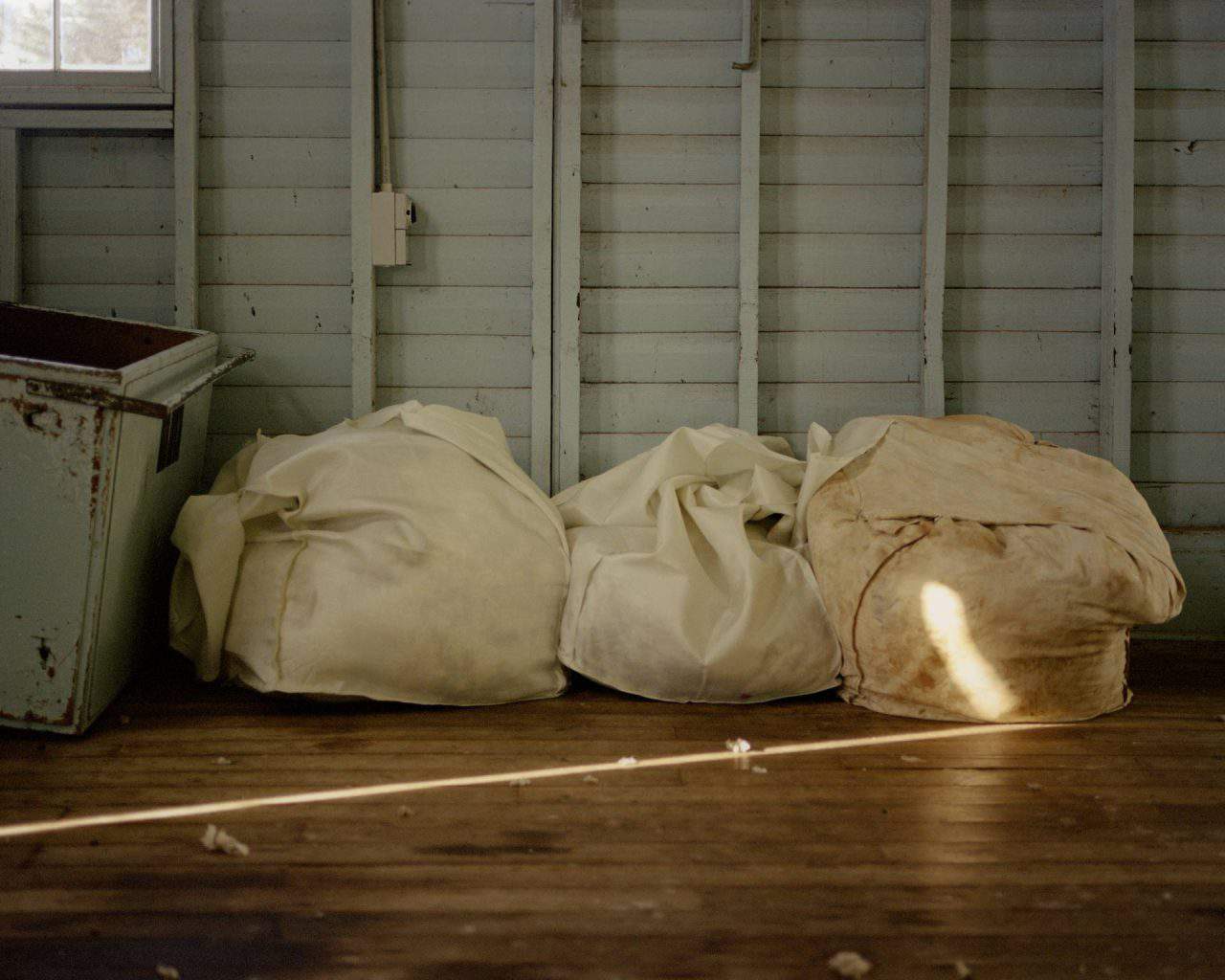Doubling Down on Systems Change: The Next Chapter of Our 2030 Strategy

A note from our CEO
Claire Bergkamp reflects on Textile Exchange’s journey so far, and why we are entering the next five years with a sharpened strategy to achieve the climate and nature outcomes we want to see by 2030.

Today, we are sitting at the halfway point of a defining decade. Our industry’s impact on nature, people, and animals is unwavering, and the window to transform our systems is narrowing fast. Our shared ambitions must now be matched with decisive execution.
That’s why, at Textile Exchange, we are responding with a sharpened strategy for the next phase of our journey to 2030. This evolution is designed to accelerate progress toward our 2030 climate and nature goals by leading the level of collective action that this decade requires.
Since I stepped into my role as CEO in 2023, we have taken a hard look at what’s truly needed to drive meaningful, measurable impact—and where Textile Exchange is uniquely positioned to lead. Listening closely to feedback from across our community, we have shaped key priorities and a reflective organizational structure for our efforts moving forward.
Scaling preferred production systems has always been central to our mission, but now we are approaching it with a renewed purpose. Despite ambitious industry-wide goals, adoption remains limited, and scale has yet to be achieved. The sector is still off track to meet emission reduction targets, contributing to accelerated biodiversity loss and the continued degradation of ecosystems.
Strengthening our core commitments
This moment demands shared direction, and we know the fashion, textile, and apparel industry is looking to us to provide that. To offer it externally, we first had to establish it internally. We’ve concentrated our efforts on priority raw materials, anchored by three core pillars of impact. For each one, we have a clear pathway to accelerate action toward the climate and nature outcomes we want to see.
Engagement and Partnership
We are beginning the transition from generalized engagement toward focused commitment pathways. Building on the strength and diversity of our community, this more action-oriented approach centers on fostering alignment, investment, and impactful collective efforts. Our goal is to move the industry from intention to implementation—translating shared ambition into measurable progress.
Climate and Nature Impact
At the same time, we will continue to strengthen the tools, data, and frameworks that enable the sector to accelerate positive outcomes for climate and nature. This includes improving our measurement and reporting systems, robust target-setting, and clearer guidance for scaling preferred production systems. Through these efforts, we are deepening our role as a trusted source of insight while equipping our community to track progress effectively.
Our Standards System
At the heart of this strategy is the continued evolution of our standards system. The Materials Matter standards system is a next-generation sustainability standards framework that builds on decades of experience. Designed to reflect the complexity and nuance of real-world production systems, it incorporates outcomes for climate and nature—connecting brands, retailers, and producers through verified best practices. We are also prioritizing partnerships with other credible schemes to reduce duplication, honor existing progress, and accelerate collective impact.
Building the enabling environment
This new approach builds on our legacy of inclusivity while introducing a more intentional and impact-driven structure. Progress depends on collaboration, but we recognize the need to evolve our approach to become more focused and better supported if we are to achieve the system-level change we need right now.
We will continue to bring brands, retailers, and producers together around shared goals and commitments—now with greater alignment, and purpose. This means welcoming broad participation while creating space for deeper, more strategic engagement with those in a position to drive meaningful change.
None of this will be possible unless we also address the systemic barriers that have held us back, especially for producers at the very start of the supply system. Farmers, herders, and recyclers face real economic constraints that prevent transition and long-term viability. Without the right financial mechanisms, change simply can’t happen. That’s why over the next five years, we’re also deepening our commitment to addressing these barriers head on, bringing along material producers on every step of that journey.




Speeding up critical progress
We know the next five years will have lasting consequences for generations to come. At the same time, we are already thinking beyond 2030. We are imagining a future for textiles that is equitable, regenerative, and resilient.
The leadership this moment demands isn’t about control—it’s about connection. Textile Exchange is evolving to step more fully into that leadership role by doing what we’ve always done best: connecting both ends of the supply system. We are building stronger bridges between the brands and retailers shaping demand, and the producers and initiatives delivering solutions on the ground. Creating space for shared problem-solving and deeper alignment because true systems change depends on partnership at every level.
Introducing our new mission and vision
As we enter this new phase of our journey, we are anchoring our work in an updated vision and mission—reflecting both who we are and the future we are working to shape.
Our vision
Our vision is a world where materials have lasting value, leading to thriving communities and flourishing landscapes.
Our mission
Textile Exchange is on a mission to transform how we produce, choose, and reuse materials, to benefit the people and places at the source.
This next chapter for Textile Exchange is rooted in continuity, with deep respect for our past, and a clear vision for what is required of us now. We are building on our history with renewed focus, creating an enabling environment where our community can not only thrive, but lead.
We are incredibly grateful for your continued support in joining us on this journey.
Claire Bergkamp, CEO
Textile Exchange


